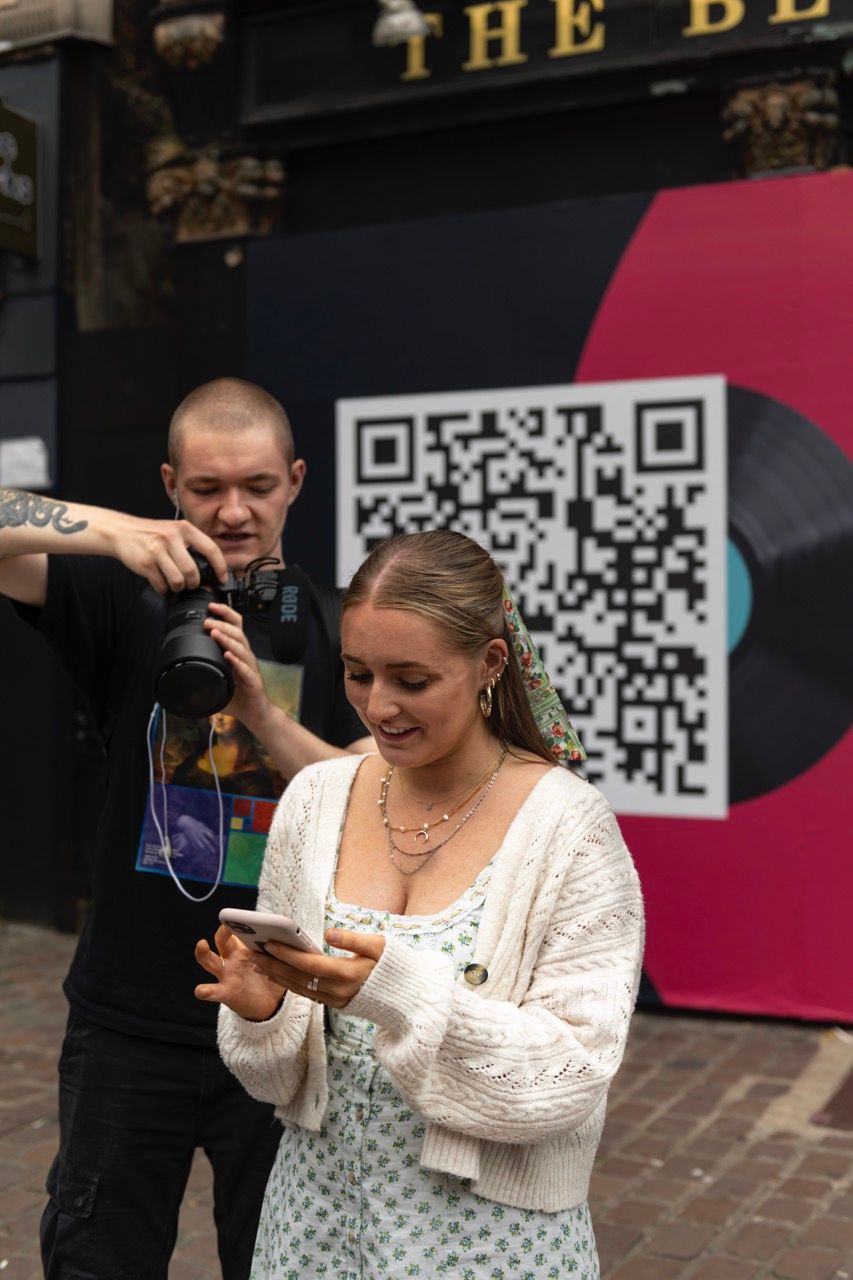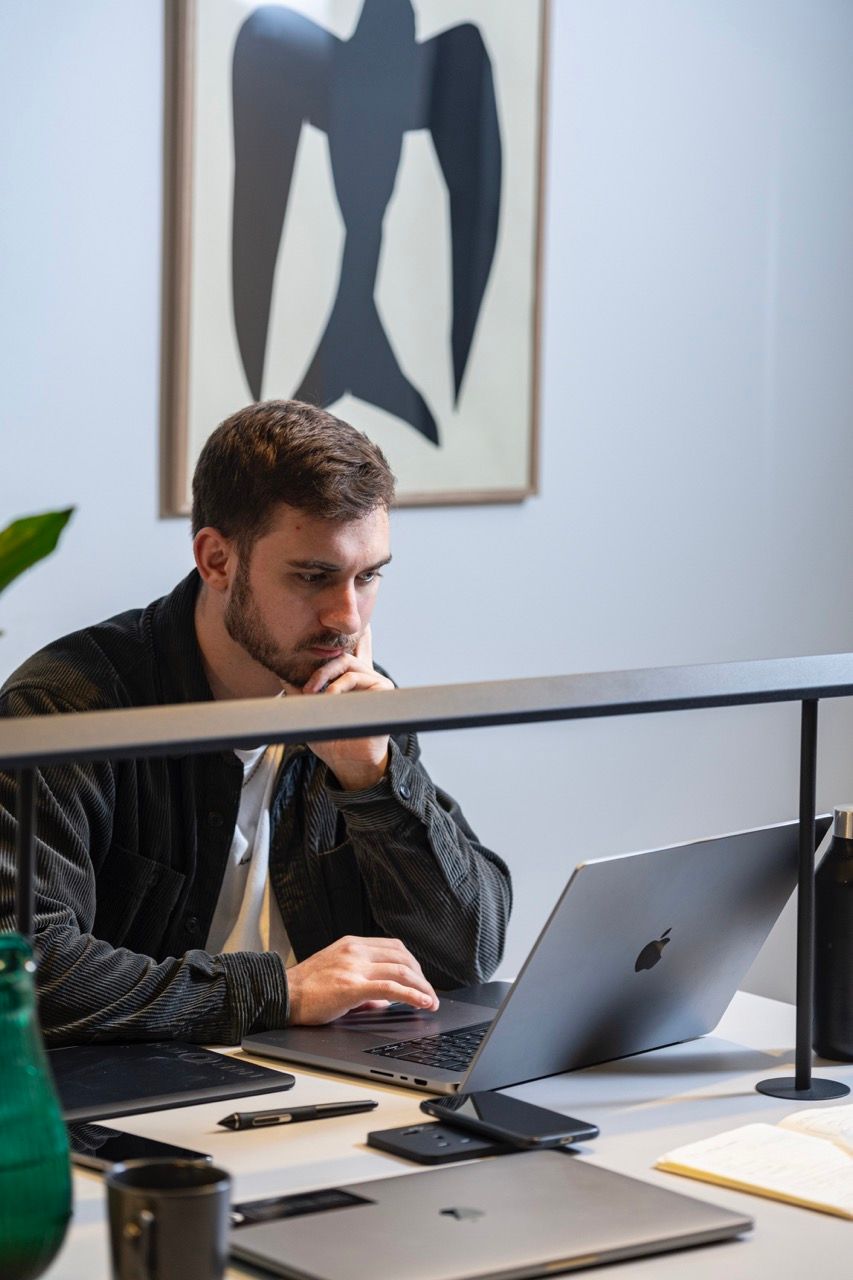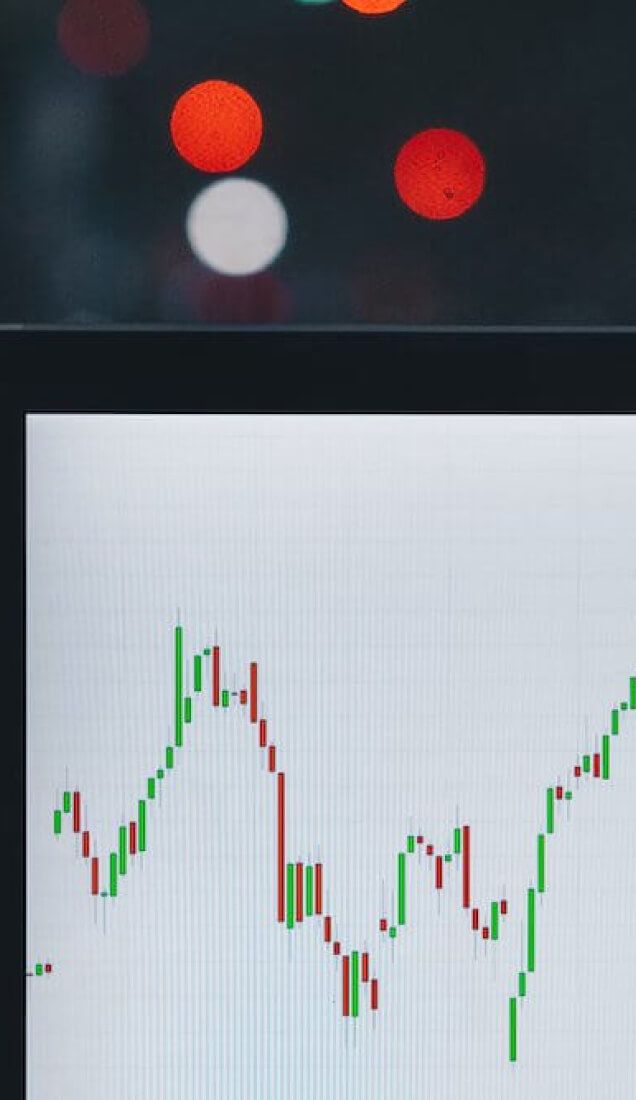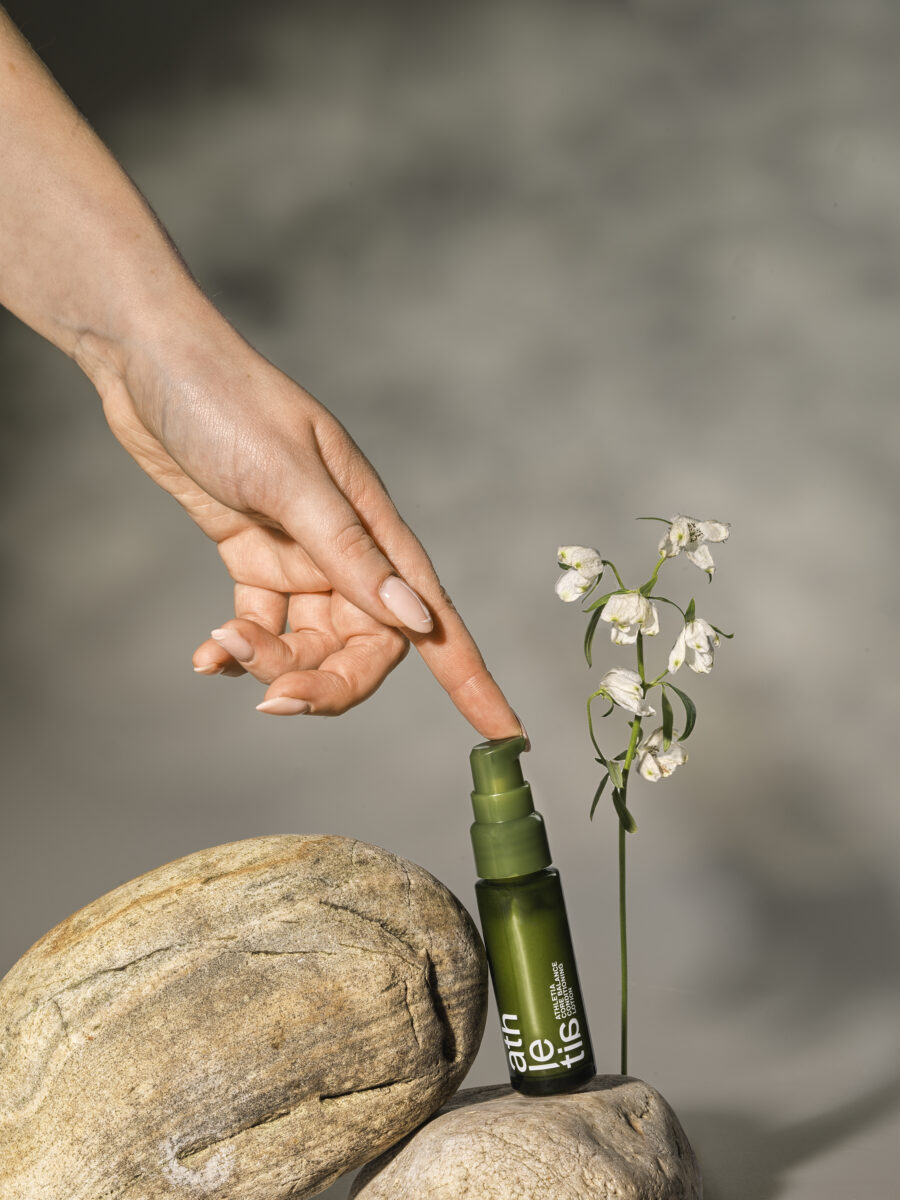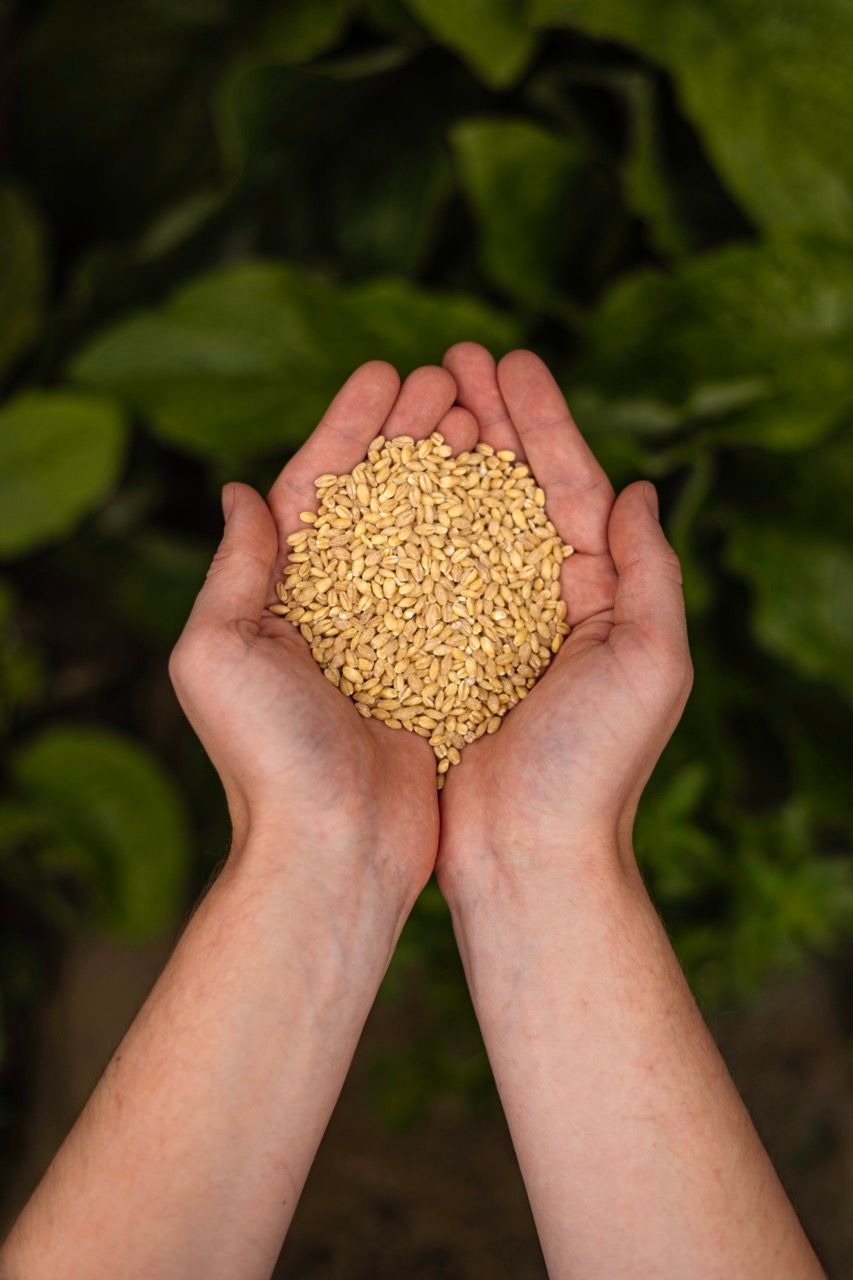Sustainable Innovation: The Brands Behind the Change
March 5, 2024
You’ve probably heard the term sustainable innovation thrown around, but in case you haven’t, let’s recap. Sustainable innovation encompasses the development of new ideas, products, services and business models designed to generate environmental or social progression whilst providing economic value. By definition, certified B Corporations meet the highest standards of social and environmental performance, and so, as you may have guessed, there are a lot of great B Corps doing a lot of great things within the space. To kick off B Corp month, we unpack the ways in which B Corp brands are innovating.
The Circular Economy: Reduce, Reuse, Recycle
Unlike the traditional linear economy, the circular economy aims to close the loop by reducing waste and extending the product life cycle. As such, the circular economy can only expand if new innovations are introduced built upon circularity. Take Dame, innovating period care products to tackle marine plastic pollution, expected to triple by 2040 to 29 million tonnes a year. Period care products are a necessity, though historically one use, meaning 1.3 billion plastic applicators are thrown away each year in the UK. To tackle the issue head on, Dame developed the world’s first reusable tampon applicator, made from medical grade mediprene and polypropylene with built-in antimicrobial sani polymers. The D applicator was launched alongside a range of fully biodegradable tampons, however, the D is designed to fit any standard tampon, no matter the brand. This was a conscious choice to ensure the D could be universally applicable to women, particularly given that the brand is up against major players who have dominated the tampon market for over a century. As of July 2023, the brand has saved over 20 million disposable plastic applicators ending up as waste. Dame has expanded its range to include reusable period pads, typically made up of around 90% plastic, instead making use of DAMEdry™ technology and an organic cotton top. The brand’s product life cycle assessment details that the biggest factor when developing reusable products is by far how often the product gets used. Hence why performance, durability and product care become so important. A product’s life cycle always incurs trade-offs.
The circular economy not only requires products designed for longevity but resource conservation and waste minimisation. Refillable packaging systems often operate within a closed loop, allowing for packaging to be collected, cleaned, refilled and redistributed, which Upcircle has made a part of its unique service offering. 120 billion units of packaging are produced globally each year by the cosmetics industry, including complex lids, multi-layered boxes and cellophane, much of which is non-recyclable. Upcircle developed a refill scheme by which its customers can return their empty jars or pots, using a freepost label, to refill products purchased from the brand. Customers are incentivised to partake in the refill scheme through a 20% discount on refills. Alongside this, the brand has created packaging that is 99% plastic-free and makes use of aluminium lids which can be recycled at home. Throughout 2023, more than 60% of consumers stated they tried to have a positive impact through everyday actions, yet the climate challenge is ever-prevalent. This has led to ‘eco exhaustion’ amongst consumers as 58% have expressed the belief that too much responsibility is placed on the individual rather than with brands. Thus, the easier brands can make it for consumers to live consciously, the better.
Regenerative Business
According to a report released in April of 2023 by the Intergovernmental Panel on Climate Change, agriculture, forestry, and other land use account for 22% of global greenhouse emissions. Regenerative agriculture aims to offer a long-term solution to this, taking an approach to farming and land management that focuses on restoring and enhancing ecosystems whilst improving agricultural productivity and resilience. This approach considers how all aspects of agriculture work together through a network of entities rather than as a linear supply chain. Davines Group, specialising in personal care manufacturing, has opened the first international regenerative research centre in Parma. The centre consists of 136 experimental plots upon which 17 different plant species are grown in rotation. The group highlights the importance of interdependence within regenerative sustainability, using the analogy of the sun surrounded by the nine planets, which in this case are divided into the three areas of the B Corp model: People, Planet, and Community; the Planet macro-area covering decarbonisation, circularity, conservation and the enhancement of biodiversity.
Regenerative business models, focusing on the creation of value through the entirety of the value chain, offer opportunities for long-term sustainable growth. Cooperative Coffees aims to achieve this by supporting farmers as they adopt regenerative practices to improve soil health and create stronger communities. The importing cooperative aims to empower farmers with resources rather than to teach them what to do. This ethos led to the development of an impact fund, created as a result of a coffee fungus epidemic that was caused by climate change, to help farmers during times at which production drops, supporting climate change adaptation. Impact Manager, Melissa Wilson Becerril, notes that the biggest indicator of success in supply chain management is the length of relationships, which includes shared risk when risk arises.
Reimagining Materials
The garment industry is notoriously wasteful, with an estimated 80 to 150 billion garments produced each year alongside 92 million tonnes of textile waste. Material innovation is essential for sustainable progression within the industry, of which apparel brand PANGAIA is at the forefront. The brand explores lower impact alternative textiles with the intention of limiting global warming and protecting biodiversity. PANGAIA has developed the world’s first bio-fabricated hoodie, made using a brewed protein fibre created through microbial fermentation. By analysing and building on the DNA codes of various species, the brand has created a completely new material non-reliant on petrochemicals. To further the move towards a zero-waste future, the brand also created the ‘Infinite Tee,’ using a process that breaks down textile waste at a molecular level to rebuild a premium-quality fibre, reducing the dependence on virgin or non-renewable sources.
Within the packaging space, single-use plastic has always posed a problem, which Great Wrap aims to solve. Founded by a former winemaker and architect, who witnessed the materials revolution first hand, the brand offers a compostable bioplastic alternative to clingfilm. The film consists of starch extracted from potato peels mixed with used cooking oil and the root vegetable cassava. Whilst biodegradable and compostable plastic alone will not solve plastic pollution, these initiatives will help in waste reduction and in the movement towards a more circular economy.
Renewable Energy Integration: Change In Process
Last year, renewable energy capacity increased by 50% on a global scale, with The International Energy Agency predicting that in the next five years we’ll see the fastest growth yet. Solar PV and wind accounted for 95% of this expansion, with renewables predicted to overtake coal as the largest source of global electricity generation by 2025. IEA Executive Director, Fatih Birol, comments that ‘the power sector currently produces more CO2 emissions than any other in the world economy, so it’s encouraging that the rapid growth of renewables and a steady expansion of nuclear power are together on course to match all the increase in global electricity demand over the next three years.’ She cites the momentum behind renewables as the driving force for this progression.
B Corp Montanya Rum Distillery takes a holistic approach to processes, using wind power throughout the distillery, barrel room and warehouse. The distillery works with Terrapass to offset carbon production through innovative renewable energy systems like photovoltaic solar grids. The brand also uses a closed-loop distillery chiller that saves up to 250,000 gallons of water per year, alongside a biodigester to process organic waste into grey water that can be poured down the drain or used to fertilise gardens. Montanya encourages brands to reimagine their processes; just because something is the standard it doesn’t mean that’s how things should be done.

